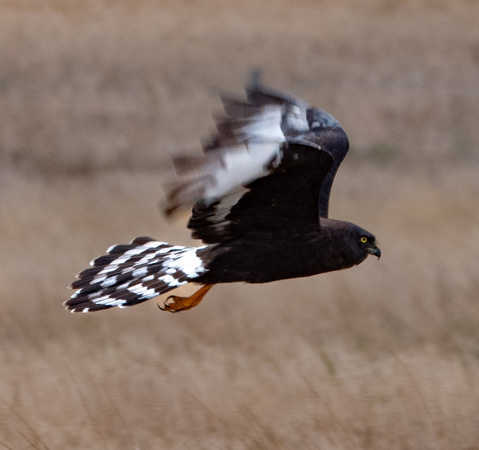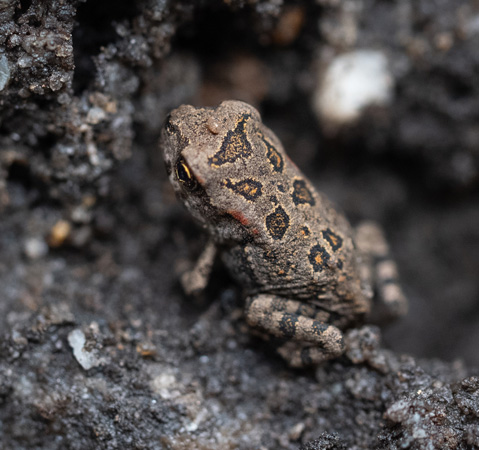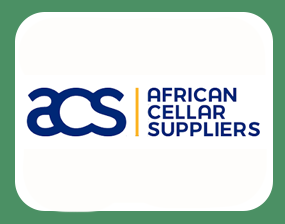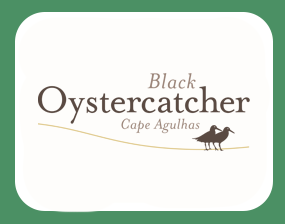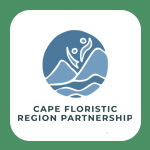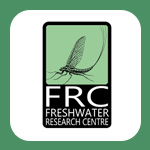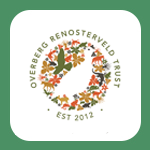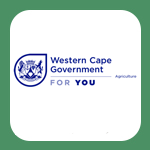Protect threatened species
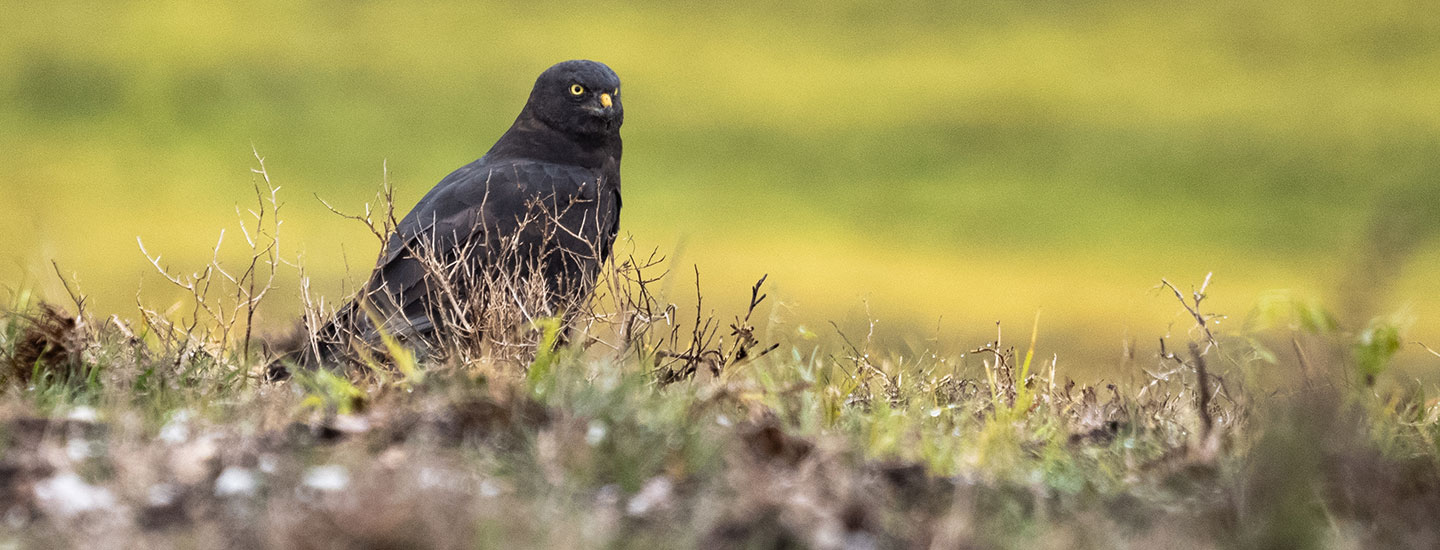
Objective 3: Understanding and protecting Species of Conservation Concern
PROTECTING THREATENED SPECIES
The Nuwejaars Wetlands Special Management Area (NWSMA) is home to a remarkable diversity of plant and animal life – including many rare, threatened and endemic species.
For example, the NWSMA is home to the Critically Endangered Micro Frog (Microbatrachella capensis). Only four small populations of this tiny frog, no bigger than a person’s thumbnail, remained. Until they were found in the NWSMA, that is. The NWSMA is also home to freshwater fish that are on the brink of extinction. Heuningnes redfins (Pseudobarbus sp. nov. ‘heuningnes’) and Heuningnes galaxias (Galaxias sp. nov. ‘heuningnes’) are listed as Endangered. These redfins only occur in the Heuningnes catchment, while Galaxias occur in the Heuningnes and Ratel River systems. Their very existence depends on active conservation steps.
Bontebok are especially important to this part of the world. It’s here that this beautiful antelope was saved from extinction in the early 1900s, by ancestors of members of the NWSMA. Today they are listed as Vulnerable on the IUCN Redlist.
At the same time, the NWSMA is home to a vast array of plant species, part of our threatened fynbos and renosterveld landscapes. To date, the conservation team has identified around 1,800 plant species here, with 160 of these classified as Species of Conservation Concern.
That’s why protecting these species requires more than just good intentions: it demands robust data, long-term monitoring, targeted research, followed by active conservation mitigation measures.
Objective 3 of our Biodiversity Management Plan ensures that our conservation decisions are backed by science. By identifying and researching key species, we aim to secure the long-term survival of biodiversity in the region – and to continually refine our management practices based on the latest knowledge.
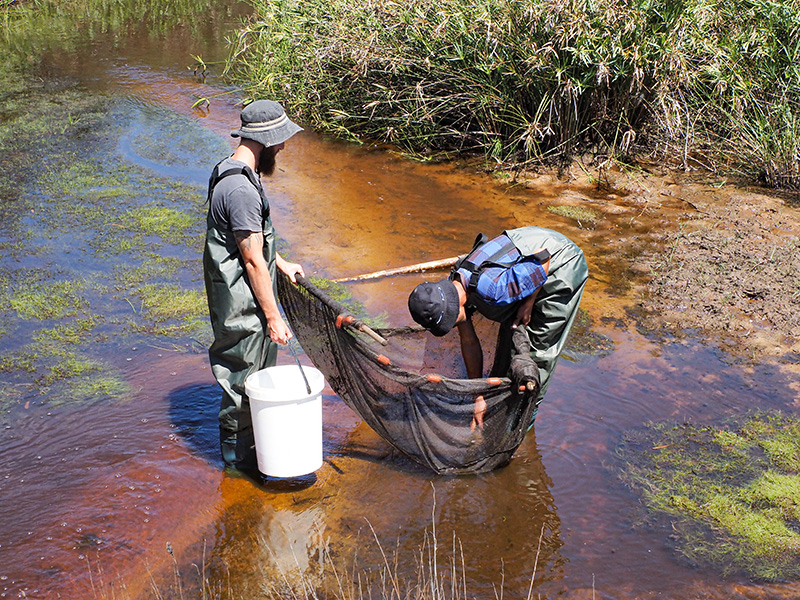
Focus on Species of Conservation Concern
Some species in the NWSMA face a greater risk of extinction and require focused attention. These include species with limited ranges, declining populations, or specific habitat needs. Our work involves:
- Identifying Species of Conservation Concern.
- Developing and implementing monitoring protocols to track population trends and ecological health.
- Establishing thresholds of potential concern – key indicators that alert us to emerging threats.
- Designing and applying mitigation interventions when thresholds are exceeded, ensuring timely and effective responses to conservation challenges.
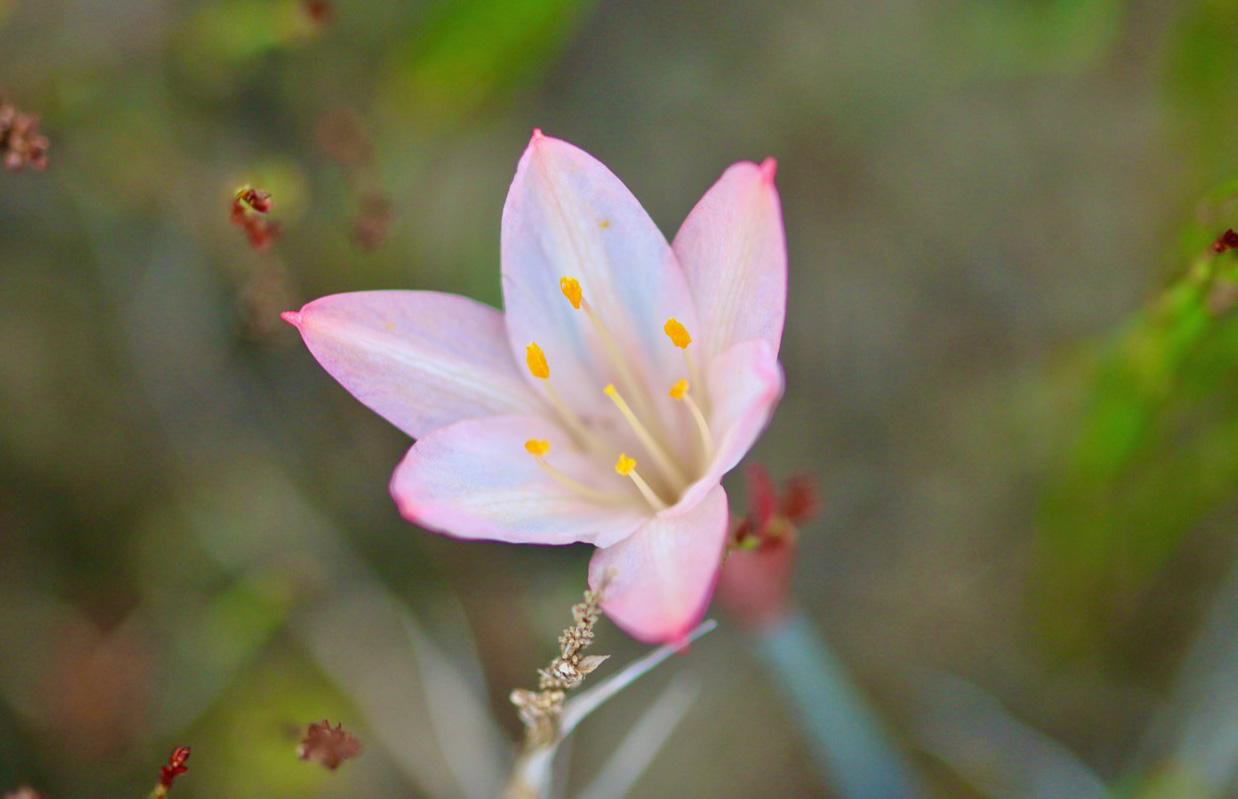
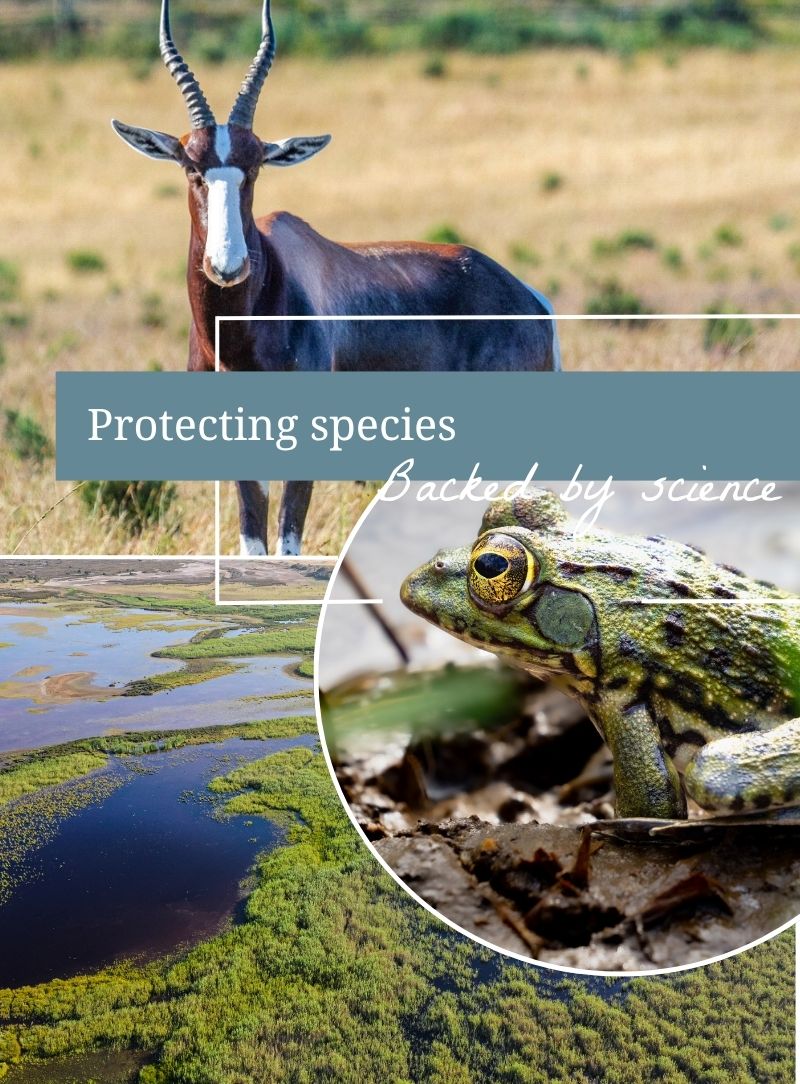
Research to inform better management
We continuously refine our strategies based on evidence and adaptive learning. Targeted research and data collection help us fill knowledge gaps and improve the effectiveness of our work on the ground. To support this, we:
- Review existing monitoring protocols and identify areas where more information is needed.
- Document knowledge gaps through ongoing evaluation and consultation with experts.
- Partner with academic institutions, NGOs and research bodies to undertake projects that align with our conservation priorities.
- Translate research findings into practical guidelines, ensuring they directly feed in to day-to-day management.


Building for the future
The work of protecting biodiversity is never static. As our ecosystems shift and new threats emerge, our ability to respond effectively depends on the quality of the information we gather today.
By investing in monitoring and research, the Nuwejaars Wetlands SMA is creating a resilient foundation for long-term conservation success – helping rare and threatened species to not just survive, but thrive.
